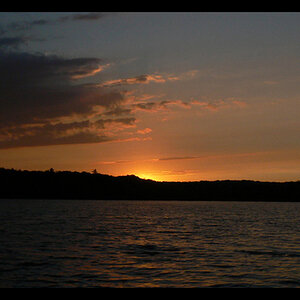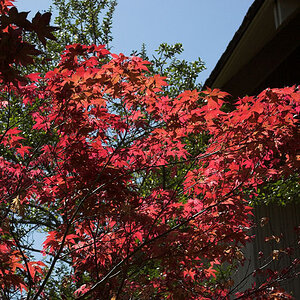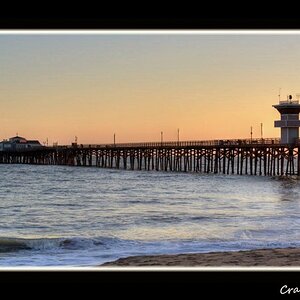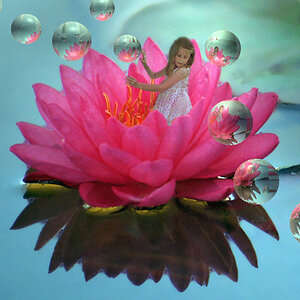Hello All,
First I would like to thank all of great advises on dslr t3i. I am very new into the photography so your expert advise will be highly appreciated. I have a great feelings about this camera so far.
I got T3i with basic lens only (whatever it comes with it- don't remember now) and also have cheap tripod as well. As we're having our first baby in the family coming soon, I would like to learn how to shot new born baby with a good lens you would recommend.
I have been looking around and see something called Image Stabilization and Telephoto and all. I went bestbuy and saw telephoto one is selling 199 and the one is called something IS ii telephoto 299. I actually dont know the differences in between those two?
My budget is 200-300 and I would like to have for the followings:
-baby shot -mostly indoor (focusing the baby-making background blurry/dark..- target object should have all details and all
-baby pix taken while playing in the backyard/park or may little landscaping (when he gets little older....)
-family activity mostly indoor nights or some park/picnic and all.
-sometime I may record some baby's moments and all
what would you recommend based on the above situations of me? lense? tips? where to buy? ebay/amazon is a good choice?
Any recommends site/place you recommend where i can learn basic photography using T3i?
anything you would recommend?
Thanks,
Samba
First I would like to thank all of great advises on dslr t3i. I am very new into the photography so your expert advise will be highly appreciated. I have a great feelings about this camera so far.
I got T3i with basic lens only (whatever it comes with it- don't remember now) and also have cheap tripod as well. As we're having our first baby in the family coming soon, I would like to learn how to shot new born baby with a good lens you would recommend.
I have been looking around and see something called Image Stabilization and Telephoto and all. I went bestbuy and saw telephoto one is selling 199 and the one is called something IS ii telephoto 299. I actually dont know the differences in between those two?
My budget is 200-300 and I would like to have for the followings:
-baby shot -mostly indoor (focusing the baby-making background blurry/dark..- target object should have all details and all
-baby pix taken while playing in the backyard/park or may little landscaping (when he gets little older....)
-family activity mostly indoor nights or some park/picnic and all.
-sometime I may record some baby's moments and all
what would you recommend based on the above situations of me? lense? tips? where to buy? ebay/amazon is a good choice?
Any recommends site/place you recommend where i can learn basic photography using T3i?
anything you would recommend?
Thanks,
Samba


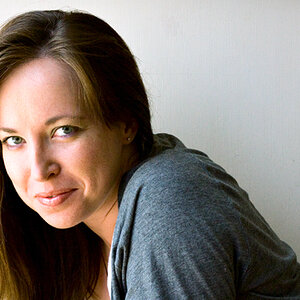

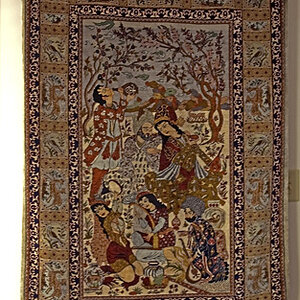
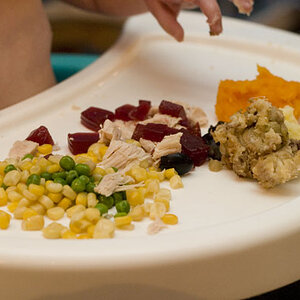
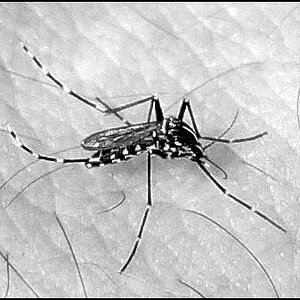
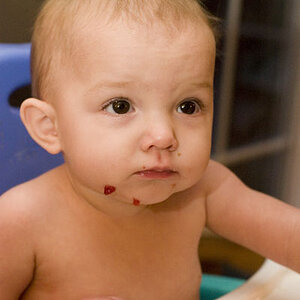
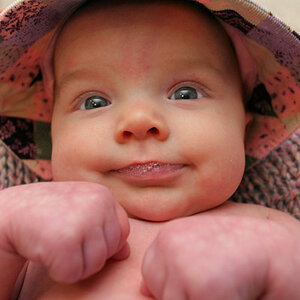
![[No title]](/data/xfmg/thumbnail/33/33362-84aacb865117bf8cba89104b89e9b36c.jpg?1619735927)
